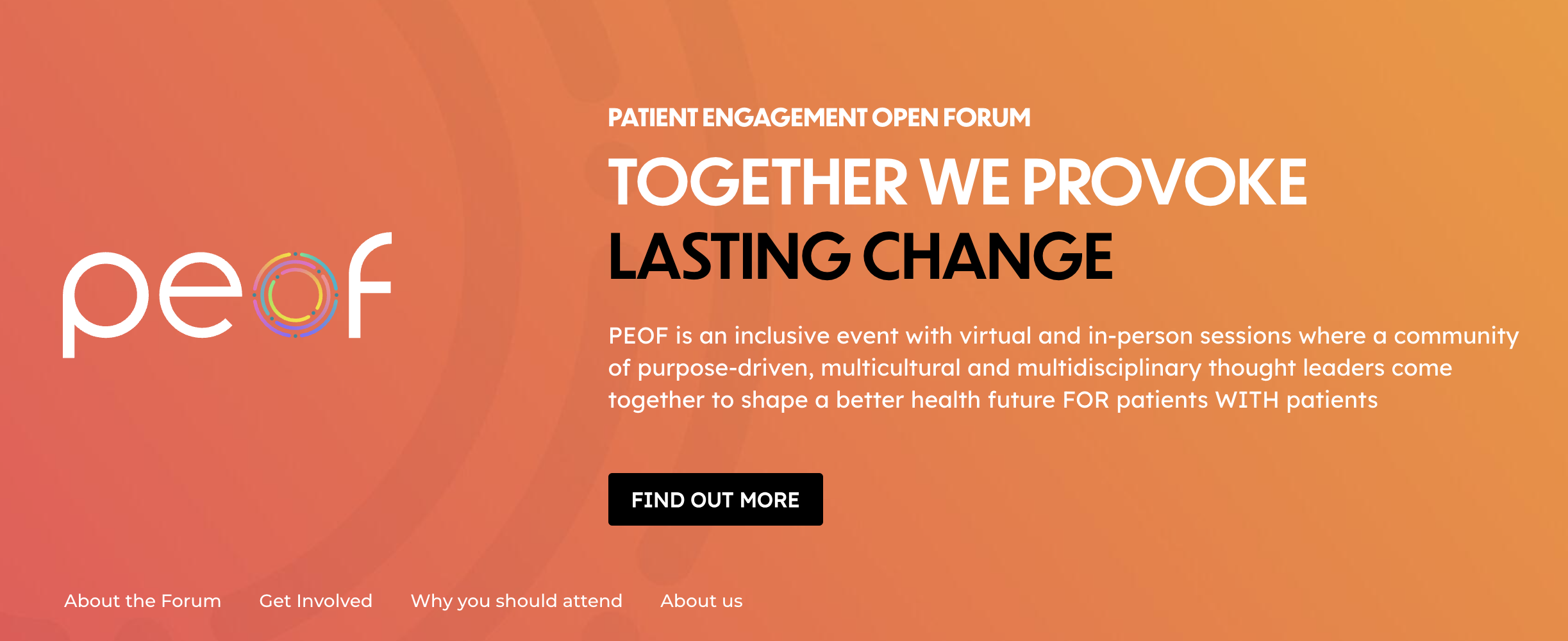More and more businesses are migrating online, as a response to the current context and entrepreneurs need an efficient way to promote their idea and business in order to reach their audience with limited resources.
One recommendation that you probably heard time and time again is to build landing pages to drive conversions. This tool can help you showcase a product or service in detail and keep visitors focused on a single conversion.
Landing pages continue to be powerful and we recommend building a landing page with each marketing campaign.
This article will explain what a landing page is and how it can help you and your business grow!
What is a landing page?
A landing page is a web page created with one single goal in mind: it can be to get users to sign up to receive a discount, buy a certain product, download a guide and more.
As opposed to other pages from your website that are built with more goals in mind and more call-to-action messages (eg. your homepage or your Services page), a landing page has only one goal and only one call to action message.
Therefore, you have to think about the purpose of this page, what do you want to obtain and what do you want users to do and state this clearly. Keep in mind that they will get here and find out about you, about your campaign, a competition or an eBook and the process they are going through in order to reach the result you are looking for should be as simple as possible.
When do you need a landing page?
Here are some of the most common use case for a landing page:
- When you want to promote a certain product or service
- When you don’t have a website yet, but you want to promote a product/ service
- When you want to promote a special campaign
- When you promote an event, a webinar or any other content offer (a guide, a case study etc.)
What elements should a landing page have?
- Title
- Contact form
- Call-to-action button
- Benefits
- Social proof
- Thank you page
Title
The first thing you have to choose once you have decided the purpose of your landing page is the title. In order for it to be as appealing as possible, the title should reflect what the offer and benefits are. Make it clear, use a tone of voice adapted to your brand, express the value proposition and write it so that your target audience understands it. Those who read it should be able to understand what your page is about easily and fast.
Contact form
A landing page can help you create a data basis, to keep in touch with your audience, to contact them again with other offers etc. To be able to do so, you need to collect your visitors’ contact details.
Make sure you request in this form the information you are interested in (i.e., you might be interested or not in the company they represent, their business email address, the role they have in the company or, on the other hand, their specific interests in a certain field).
Remember, you don’t want to make it too complex either, with too many open questions or options that are not applicable to all visitors. Also, don’t forget to assure your potential clients that their data will be processed and stored according to the regulations.
Call-to-action button
As we said, it is preferable that this web page invites the users to perform only one action (even if you have more CTA buttons repeating it). When you create these types of buttons, you should take into account the forms, the design and its placement.
State the desired action briefly: download a guide, fill a survey etc. Go for an actionable statement (Download for free here) than using one that is too general or vague (Submit/Send).
Choose a color or a shape that is visible and that stands out. You can even add special effects, arrows that direct attention and don’t forget to respect the proportions and create an appropriate-sized button.
If you are selling a product or a service, keep in mind that many potential buyers are not ready to buy from the first moment, so it is recommended to use the Call to action button repeatedly.
Benefits
When someone reaches your page, they should understand easily and fast the benefits your offer brings. Ask yourself “What problem do I solve?” and write the advantages from your audience’s point of view (which implies that you have already defined very well your target audience and that you know what their problems are).
The benefits can range from the desire to learn to saving time to a healthy style of eating. Use bullet points in order to make them more visible and clear.
Social proof
While it is not mandatory, it sure helps to have testimonials or proof from other clients, numbers that show how many other people have already bought the product or the problems you’ve solved. This will help you build a trust-based relationship with a potential client and convince him or her to perform the desired action.
Thank you page
After a visitor completed the desired action, you can display a thank you message (it can be a text on the same page or you can redirect them to a dedicated thank you page) and send them a confirmation email.
Thank you pages can help you alleviate “buyers’ remorse” and present people with new ways to interact – you can invite them to read your blog or discover other services you sell.
Best practices to increase a landing page’s conversion rates
This web page, the landing page you build in order to promote your offer/event/product/guide etc. is meant to turn visitors into customers, to convert. Here are some best practices that will help you prevent people from leaving the page without reaching your desired results.
- Create dedicated pages for each offer you want to promote. The clearer you make it for a visitor, the easier it will be to determine them to perform that action.
- Remove the navigation menu. If a visitor has to access too many pages or if they have this option, your chances to turn them into a paying customer are lower as they become defocused.
- Make sure that the message and the page design are aligned to your business’ branding, but also to the journey that brought them to your page.
- Test! Try various designs, call-to-action buttons, forms, or visuals. Test one element at a time, so that you can better understand what works and what doesn’t.
- Use automation tools to follow-up and build a long-term relationship (i.e., you can use the free CRM system from HubSpot, a tool that we also use and recommend).
- When you are ready to publish your landing page, you can use this free analyzer tool from Unbounce, to get an idea of how effective your page is and tips to improve.
These steps will help you create an efficient landing page that you can promote on various channels and thus cut some advertising costs. We hope these strategies are useful!
This article was originally published in Romanian on SmartBill.ro




